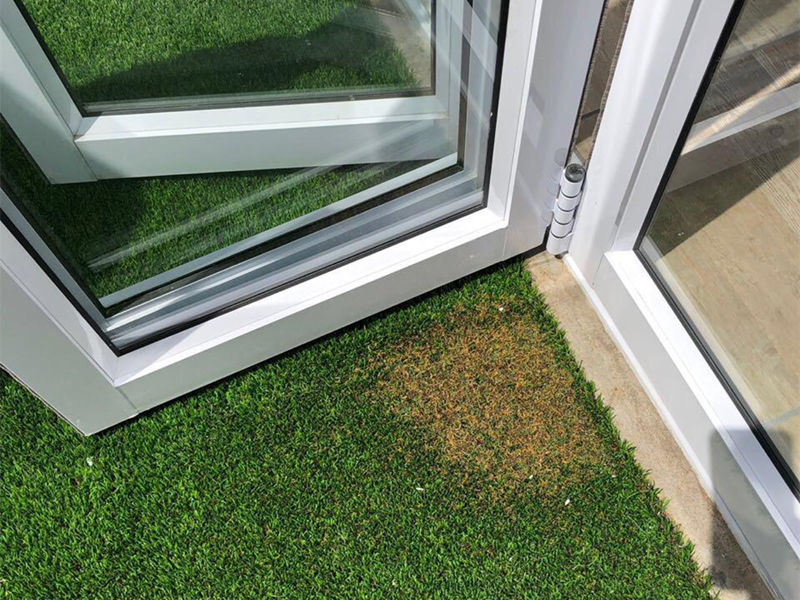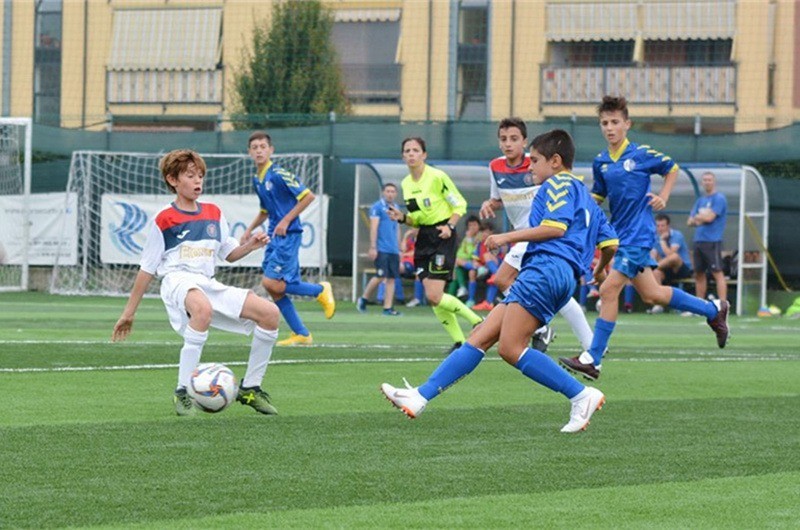Excessive sunlight reflecting on artificial grass can lead to melting, causing damage to the turf. Understanding this issue is crucial to maintain the longevity and appearance of your artificial grass. In this article, we will discuss the causes of melting and provide effective measures to prevent it, ensuring the durability and aesthetic appeal of your artificial lawn.
Causes of Artificial Grass Melting:
Window Glare:
The reflective properties of windows can intensify sunlight and focus it on specific areas of the artificial grass, resulting in excessive heat buildup and melting.
Reflective Surfaces:
Nearby reflective surfaces such as metal fences, windows, or shiny objects can redirect and concentrate sunlight onto the turf, leading to melting.

Preventing Artificial Grass Melting:
Apply Perforated Window Film:
Install perforated window film on windows facing the artificial grass. This film helps diffuse sunlight and reduce the intensity of the glare, minimizing the risk of melting.
Use Shade Structures:
Install shade structures, such as awnings or umbrellas, to provide shade over the artificial grass during peak sunlight hours. This helps protect the turf from direct exposure to intense sunlight.
Strategic Landscaping:
Planting trees, shrubs, or installing tall hedges strategically around the artificial grass area can create natural shade and reduce the impact of direct sunlight.
Watering the Turf:
Regularly watering the artificial grass during hot days can help cool down the surface temperature and reduce the risk of melting.
Conclusion:
By understanding the causes and taking preventative measures, you can effectively avoid artificial grass melting caused by sunlight reflection. Apply perforated window film, use shade structures, incorporate strategic landscaping, choose heat-resistant turf, and ensure regular watering of the turf. These steps will help maintain the integrity and appearance of your artificial grass, allowing you to enjoy a beautiful and long-lasting outdoor space.




